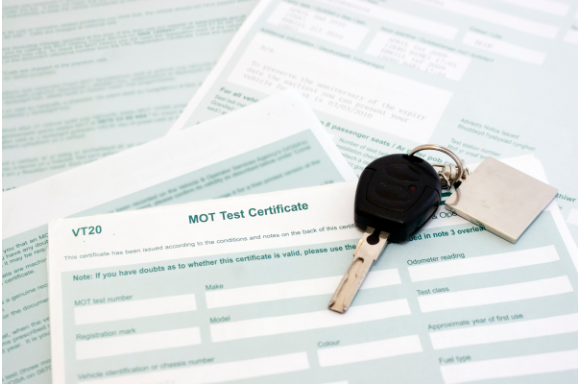Should MOTs on New Vehicles be Every 4 Years?

The Department of Transport (DfT) consultation on its proposal for new vehicles to require an MOT test after four years rather than three concluded in late March.
This is the second proposal following the government’s suggestion of shifting the annual MOT to a two-year cycle last year. Although the result of the consultation is yet to be announced, it has caused concern over road safety amongst the industry and regulatory bodies.
Tim Camm, technical training manager at Autoglass®, said the purpose of an MOT is to ensure that vehicles meet a standard level of safety for driving on UK roads, the condition of which has been alarming lately due to poor maintenance and the increasingly widespread issue of potholes. The proposal will, consequently, have a significant impact on the maintenance of cars on the road, both through delay and an increase in detrimental conditions.
He said: “We can all see the obvious financial relief for drivers in the cost-of-living crisis. However, this is only short-term. With delayed MOTs, vehicles will go unchecked for longer. Any existing issues, therefore, may get worse and result in even more expensive repair costs in the long term. We should bear in mind that the rising costs and inflation already discourage motorists from having their vehicles regularly serviced and encourage uncreditable DIY repairing instructions, neither of which will guarantee good and safe quality.
“In addition, the second-hand market is booming as a result of the delays in production, partly caused by the microchip supply shortage. The proposal will also have a knock-on effect on second-hand vehicles as there are still several grey areas when transferring vehicle ownership. In other words, a motorist who buys a second-hand vehicle tends to lack full knowledge about the wear and tear of the vehicle. Without an annual MOT test, this motorist could be driving the vehicle for two years, not knowing how it should function to ensure road safety.
“Away from the cost-of-living crisis, the proposal could, in part, be driven by the skills gap across the industry. The rapid development of automotive innovations and early retirement are fuelling an escalating skills crisis. There is currently not enough young talent to keep up with the demand on the industry. Since the rising costs have already put a financial dent in garages, delaying MOT tests means taking away a revenue stream from small businesses. Therefore, finding new talent will remain an ongoing challenge that the industry needs to address urgently.
“Over the past few years, we have seen an increase in the number of regulations introduced to keep up with the prevalence of ADAS (Advanced Driver Assistance Systems) and EVs (Electric Vehicles) technology. These new regulations will bring increased changes to UK roads, so it is important that cars on the road are ready to maintain safety. Updating the MOT rules provides an opportunity to ensure they are operating correctly through more checks, not less frequent ones.
“Phasing out the sale of new diesel cars and vans by 2030 means that the tools used to inspect and service a vehicle a year ago will not be the same as those after the ban – in fact, they will become more complicated and require more in-depth inspection tools. If the current proposal goes ahead, a diesel vehicle bought in 2028 will not have to do an MOT test until 2032. Consequently, their exhaust emission will not be tested until two years after the ban, which goes against the purpose of the new regulation itself.
“A more in-depth test will help garages not only keep up with the new vehicles’ technology and recognise equipment gaps early on for timely investment but also bring the test up to date for both safety technology checks and emissions checks.”
He concluded: “It is vitally important that the government look at the bigger picture to see where the MOT tests fit in the future of the vehicle landscape, especially with the EVs adoption. Changing the frequency of an MOT to prolong the period without a test, particularly with a new vehicle, would see a significant increase in the number of unroadworthy vehicles and make our roads much less safe. The tests should be there to support innovative developments in the automotive sector rather than slowing down the efforts.”
